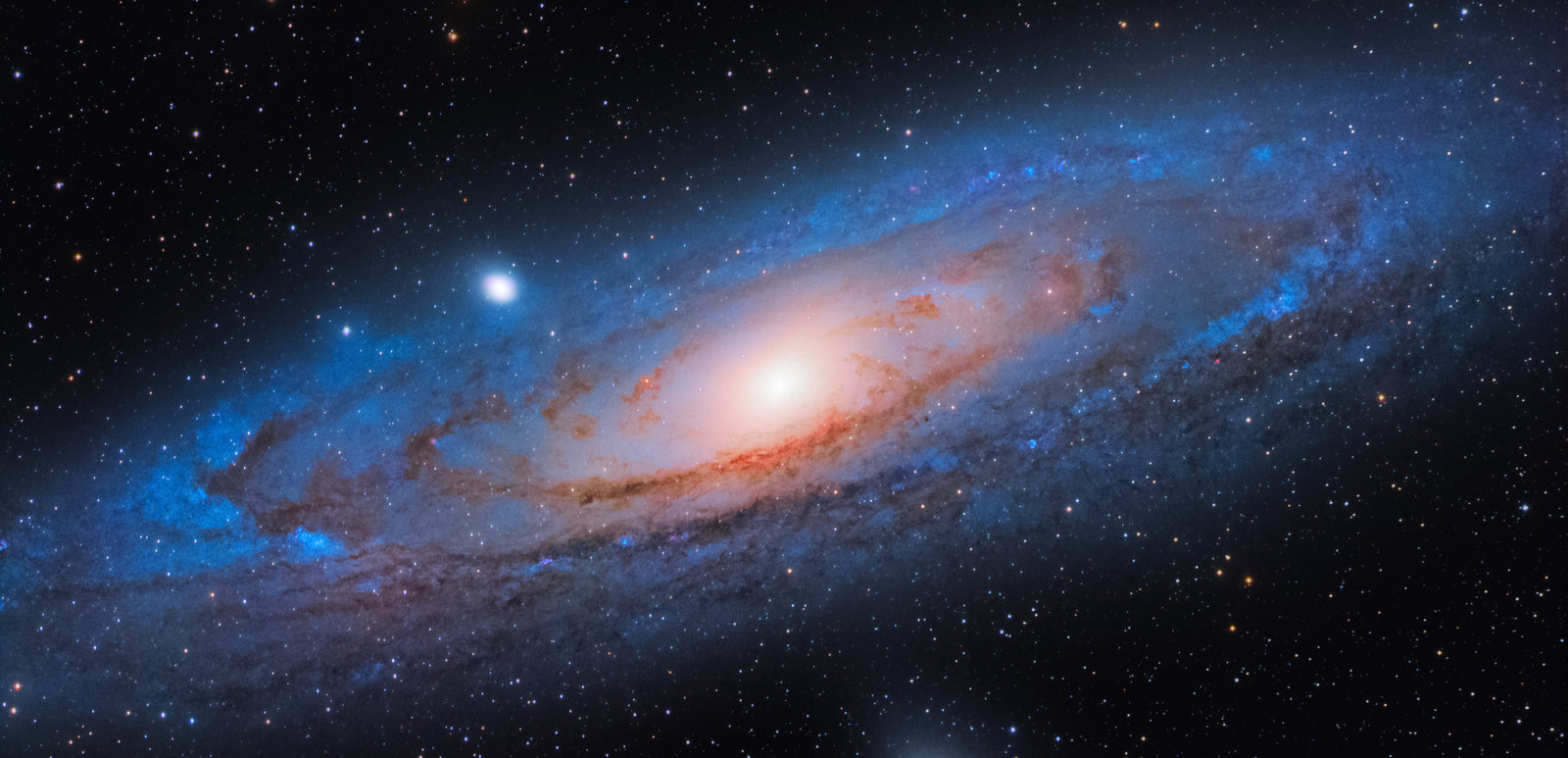What do focal reducers do?
A focal reducer is a device that reduces the size of an object viewed. It can be attached to the front of a telescope or lens. Focal reducers typically get used in astronomical observation, allowing users to reduce magnification and increase seeing time. Comparable to the “Barlow lens,” these devices are predominately used for observing planets, stars, and deep sky objects. They might also be called field reducers or field flatteners.
How does a focal reducer work?
Focal reducers are used in telescopes to reduce the focal length without reducing the magnification. They work by dividing the optical path into multiple segments. In a typical refractive telescope, the lens focuses light between the front and back lenses to form an erect image on the rear objective. The telescope focal reducer is inserted between these two lenses and has a much shorter focal length. This shorter focal length allows more light to pass through it, resulting in lower magnification at this point than would otherwise be possible with only one lens used since it requires less magnification power to focus.
Does a focal reducer reduce magnification?
Yes, telescopes use focal reducers to reduce magnification. A focal reducer is an alternative type of telescope lens. A telescope lens is designed to magnify. A focal reducer is an optical device that reverses the direction of light propagation. This means that an image viewed through a focal reducer is inverted, enlarged, and reduced in brightness, thereby reducing magnification.
How is a focal reducer calculated?
A focal reducer is a lens that reduces the focal length of the telescope. The focal reducer’s main purpose is to allow shorter focal lengths while maintaining high image quality. The focal reducer is calculated by dividing the new focal length of the telescope by the old focal length of the telescope.










